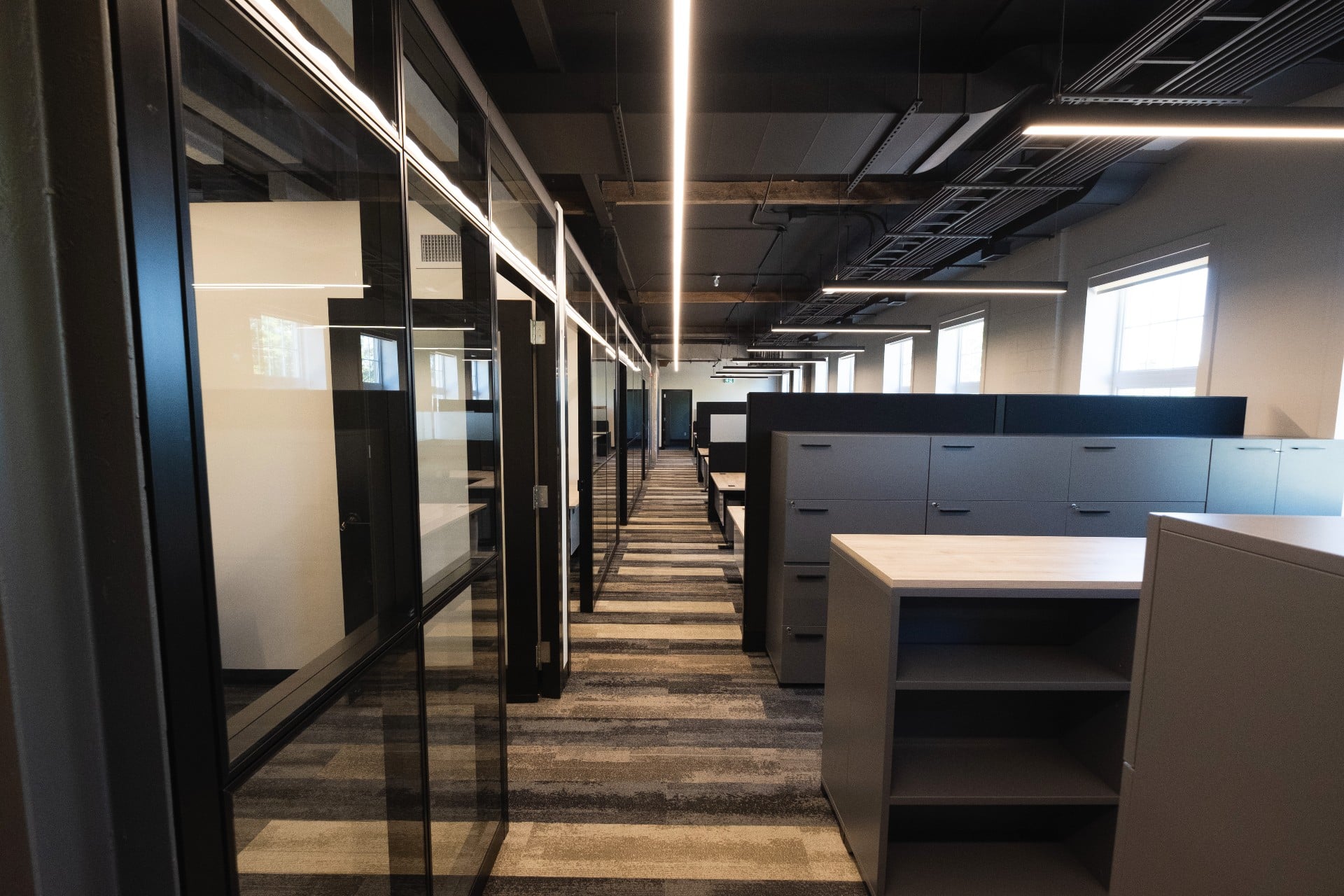Lighting in the workplace plays a crucial role in the overall atmosphere, productivity, and wellbeing of employees. Proper lighting can enhance the visual appeal of the space, improve mood, increase alertness, and reduce eye strain and headaches. Here are some important considerations when it comes to lighting in the workplace:
- Natural light: Natural light is the best form of lighting as it helps regulate the body’s circadian rhythms, improves mood, and reduces energy consumption. Employers should try to incorporate as much natural light as possible into the workspace by using large windows, skylights, and light wells.
- Artificial lighting: In addition to natural light, artificial lighting can be used to supplement the lighting needs in the workplace. Employers should use energy-efficient LED lights that mimic natural light as closely as possible. Properly installed task lighting can help employees work more efficiently and reduce eye strain.
- Lighting levels: Lighting levels should be appropriate for the task at hand. A brightly lit space can promote alertness and productivity, while dim lighting can create a relaxing atmosphere that is conducive to creative thinking.
- Light color temperature: The color temperature of the light can have a significant impact on the mood and productivity of employees. Cool white light (5000K-6500K) can help promote alertness and focus, while warm white light (2700K-3500K) can create a relaxing atmosphere.
- Lighting control: Employers can use lighting control systems to adjust the lighting levels and color temperature based on the time of day and the needs of the employees. This can help create a more comfortable and productive work environment.
In conclusion, lighting in the workplace plays a vital role in creating a productive, healthy, and comfortable work environment. Employers should aim to incorporate as much natural light as possible, use energy-efficient LED lights, adjust lighting levels based on the task at hand, and use lighting control systems to create a more comfortable and productive work environment. By considering these factors, employers can create a workspace that is conducive to creativity, productivity, and wellbeing.

